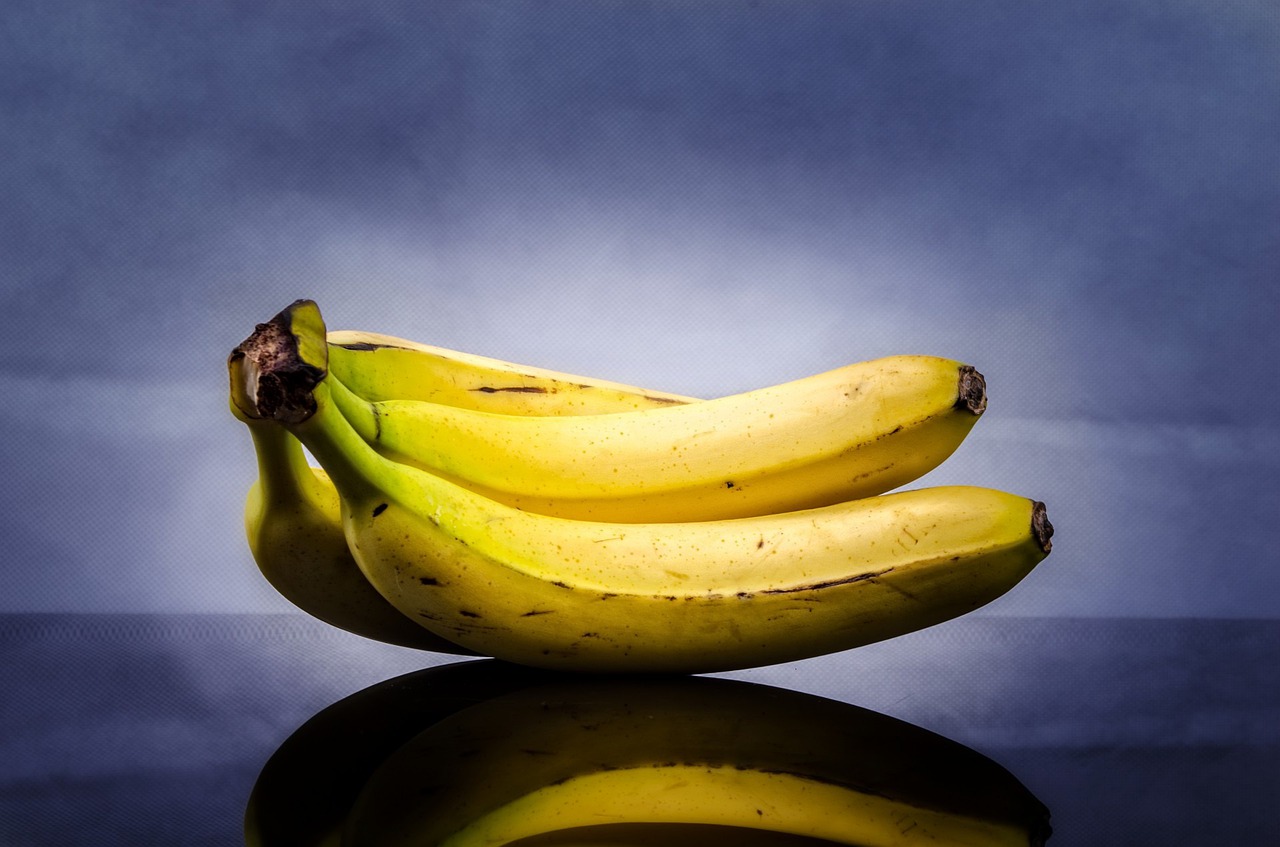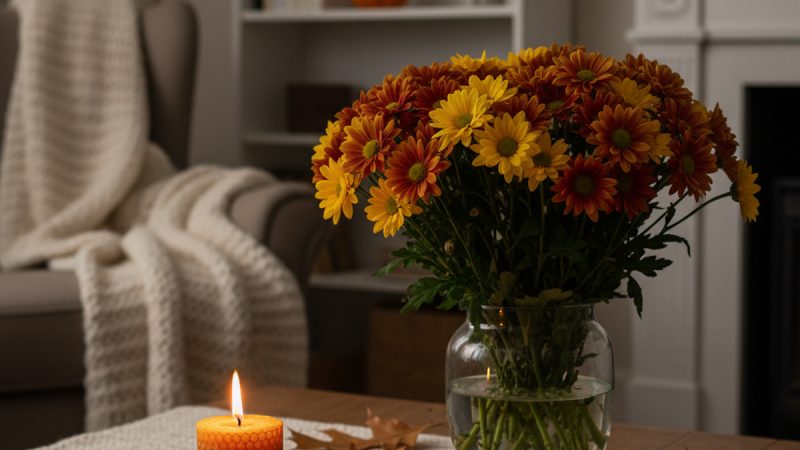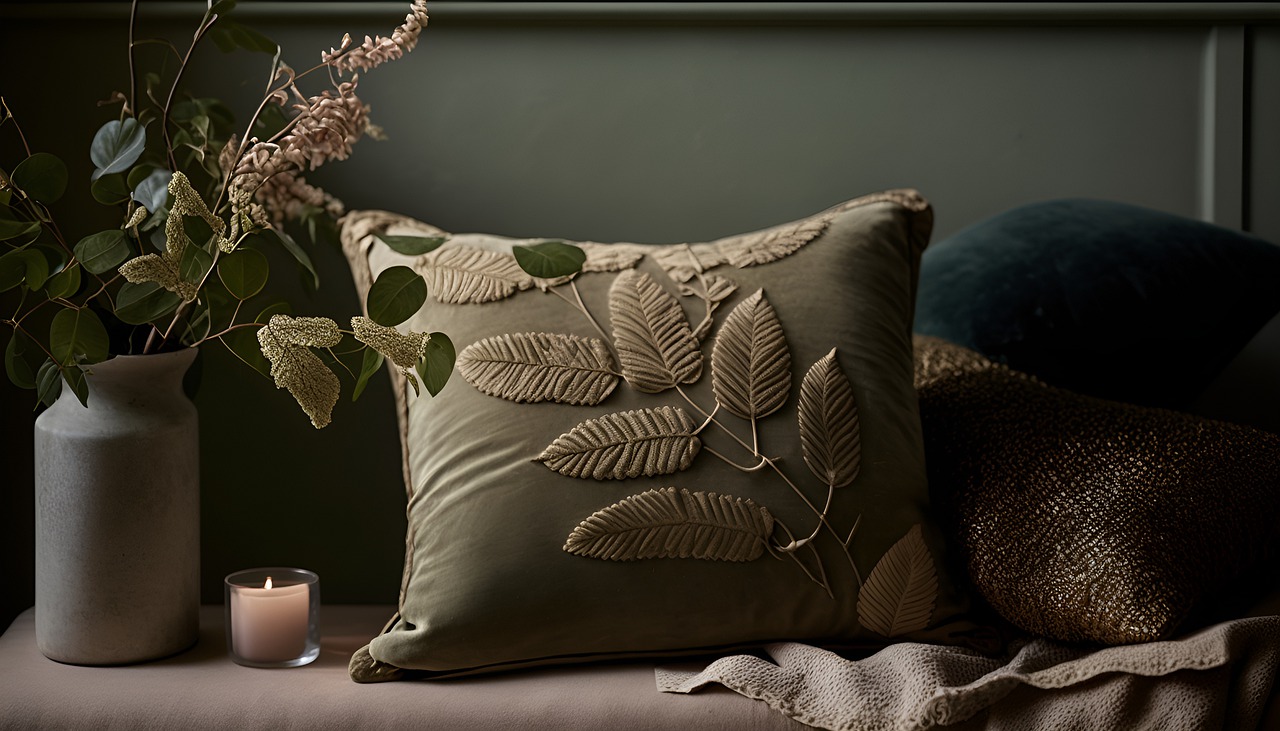What About Bananas?

Bananas are the world’s most popular fruit, but did you know that bananas do not actually grow on trees? They are actually the world’s largest herb? Bananas are a fruit that everyone enjoys but they don’t seem to be one that people know a whole lot about.
Bananas grow on a banana plant in clusters that are commonly called a bunch. The true name of a bunch of bananas is called a “hand”, and each of the individual bananas on the hand are called “fingers”. The weight of an average banana is 1approximately 25 grams, which consists of approximately 75% water and 25% of dry matter content. The fleshy inner portion is sweet and delicious and widely enjoyed, but generally the peel or banana skin in not eaten.. The stringy parts of the banana flesh are called ‘phloem bundles’. Bananas contain valuable sources of Vitamin B6, Vitamin C and potassium that are healthy and that our bodies require. Many athletes commonly use bananas for energy in their physical health routines.
Bananas are grown in at least 107 countries worldwide, although they were originally native to Southeast Asia and Australia. Bananas, eaten raw in their yellow form and cooked green or red bananas, are the main staple of many African populations. Boiled or baked green bananas or plantains (a starchier version of the banana) can also be found in many Caribbean Island recipes. Bananas can be very versatile. When they are dried, bananas can be eaten as a snack food or they can be ground up and made into flour.
Bananas come in various sizes and colors, including the yellow, purple and red banana. Green bananas that are cooked and enjoyed in Caribbean and African cultures are really the unripe version of the yellow banana. The red banana is generally sweeter than the yellow banana and has a slight raspberry-type flavor. The skin of the red banana is red to purple in color, and has a slightly pinkish flesh. These sweet bananas can be eaten raw, or they can be used to add a wonderful color to various cooked banana dishes.
Bananas are picked green and shipped in an unripe condition due to the fact that ripe bananas are easily damaged when being transported to market. Bananas need careful handling and are easily bruised.
The flower of the banana plant (or the banana blossom or heart) is also often used in the Southeast Asian, Bengali and Indian cuisines, where they serve it raw with dips or cooked in soups and curries. Some cultures also use the tender core of the banana plant’s trunk in several dishes. Bananas can be fried, boiled or steamed and the juice extracted from the core of the plant is often used to treat kidney stones. In various cultures, banana leaves are useful for cooking as a wrapping, for carrying things in, and even as umbrellas (because of their waterproof properties).
With all of the uses of the banana plant and the general good taste, it is no wonder that bananas have become one of the world’s most popular fruits. Where else can one get so much delicious taste and healthy benefits from one source?
The Author:
This article is dedicated to banana lovers everywhere. If you love bananas, you will want to check out the new e-cookbook “Going Bananas” available at: http://www.goodcookingcentral.com








